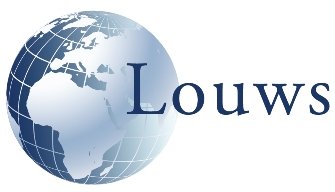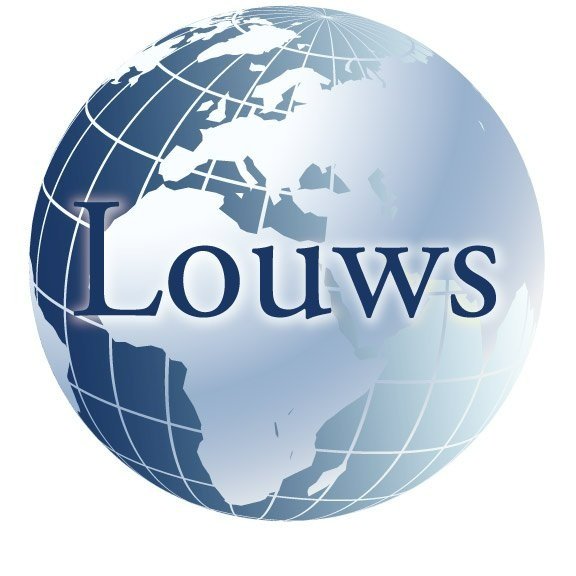Winning your Case
Here’s the standard structure for most speeches and presentations.
Subject
Agenda
Body
Summary
How then, using the above outline, do you get and keep an audience’s attention for the purpose of winning them over?
And, in today’s multi-tasking, multi-medium and often virtual environment, chit chat, presentation preambles or “we have to set up the presentation” no longer cuts it.
Audiences want to know a) why they should pay attention, and b) the value of doing so.
We found the answer in the legal community’s approach to “building a case”, whose success and/or failure rests squarely on its ability to successfully prove its case to a jury.
This same mentality has pervaded the corporate mindset, especially at the more senior levels.
- Managers are less likely to approve a budget just because it was approved the previous year.
- Marketing teams are more likely to challenge the suppositions of its agency’s creative ideas and media plans than agree on face value.
- Strategic recommendations are questioned independent of the presenter or firm’s credibility with a laser-like focus on what results can be expected from said strategy.
The Case Approach
“Prove it to me” has become the signature of the corporate executive whose own career future is oftentimes tied to quantifiable results.
We need not deviate from the normal Subject, Body, Conclusion outline. This is still a remarkably workable and effective logical flow.
However, HOW you present each has changed dramatically.
Subject: How do we state the subject in a way that will get an audience to sit up and pay attention? (off their emails, phone chats, cats, children, delivery person, and others in the room)
Body: How do we hold their attention long enough for them to actually “get and buy into” the validity of points being proposed?
Conclusion: How do we close the deal in a way that prompts positive action?
Change the Subject into an “Outcome”.
In court, the defense lawyer starts out with a simple premise. “I am here to show that my client is innocent of all charges”.
Translating this to presentations, instead of “Today we will review 4th quarter results”, change it to “We are here to show you how the 4th quarter’s results will help [major international retailer] reposition its promotions against Brand X in Q1 & Q2 of next year.” (real example used by Hallmark to its [major international retailer] client resulting in a shorter meeting and immediate positive result with the client)
Essentially, you are converting the Subject into a Promise of what the audience can expect to gain from listening to the presentation.
Think of how the media has used their headlines to sell their stories for decades. However, unlike many media headlines, whenever you promise a certain Outcome, you must be willing and capable of delivering it.
Two Cautions:
For you to get this right you must know what is of key importance to your audience. (the value statement)
The Patriots’ locker room slogan from the Art of War: “Every battle is won before it’s fought”. If you were a new coach, you’d best be showing them how the new plays are a way to win the game before they get onto the field.
Translate the Outcome into the audience’s lingo, not yours.
“re-position [major international retailer] promotions against Brand X in Q1 & Q2 of next year” may be how you might write it. However, the marketers listening to Hallmark’'s presentation might be more likely to say, “Give Brand X whiplash in Q1 & Q2 next year” (this was actually overheard - in the hallway - during a discussion between [major international retailer] Promotions Director and the CMO, each of whom were former field buyers for the company)
Change the Body into “Evidence” (proof)
Following logically, once you promise an outcome, you are required to prove you can deliver.
Having the mindset that you are there to prove your point also makes your communications that much more succinct and you’re far less likely to waffle.
If there’s information that indirectly supports your promised outcome, stick it where it belongs – the Appendix. (think of this as circumstantial evidence).
Occasionally you will not have sufficient evidence to help you prove your case.
Then, look to proving your ideas through analogies, examples, (those with which the audience can relate) and “brief” case studies. This is how a circumstantial case is built. (check out our blog entitled “Story Telling” for more ideas - posted in February 2023)
Change the Conclusion to “Closing your Case”
This is where, as in any court case, you summarize by using the key evidence (proof points) presented that supports your Outcome.
Apply the purest definition of what a summary means; “brief and comprehensive; concise”.
In Closing 😊
So, how do you win over an audience from beginning to end?
1) Outcome - Open by promising what you will accomplish for the audience you know they will value.
2) Proof - Support all ideas with evidence not opinion.
3) Close - Close your case by briefly highlighting the evidence that has proved your promised outcome.
Source: Over 4 decades of learning from and teaching personnel at some 500+ marketing agencies and over 100 of the Fortune 500, teaching their managers and C-suite to win their case.
Next Month: “Let’s talk Closing”. Following the legal case building approach, valuable insights into successfully getting the deal done with 5 closing techniques that guarantee a successful conclusion to a meeting or presentation, in person or remote.


